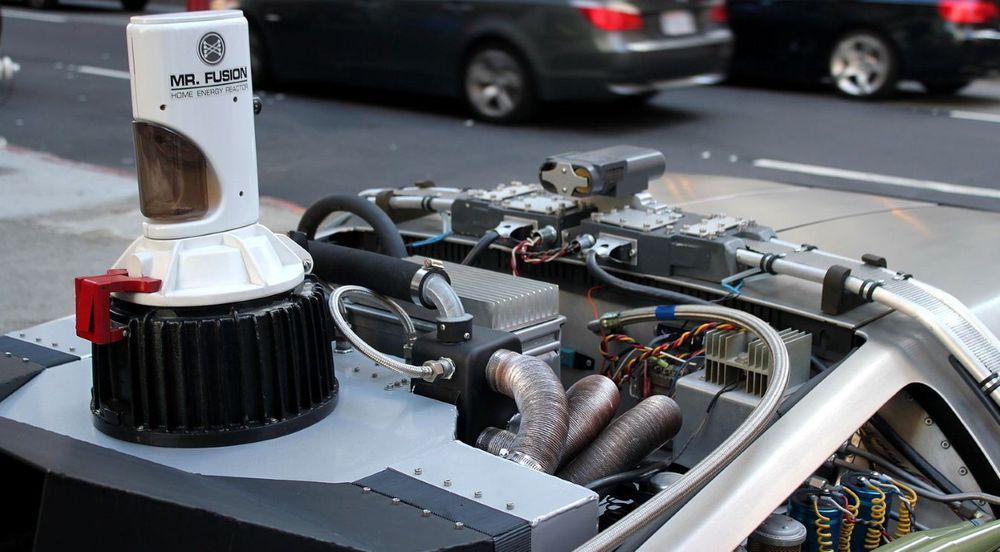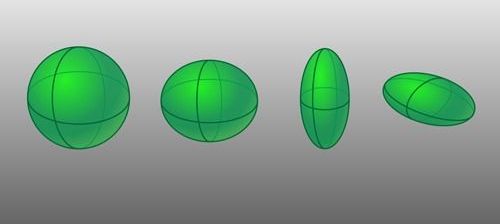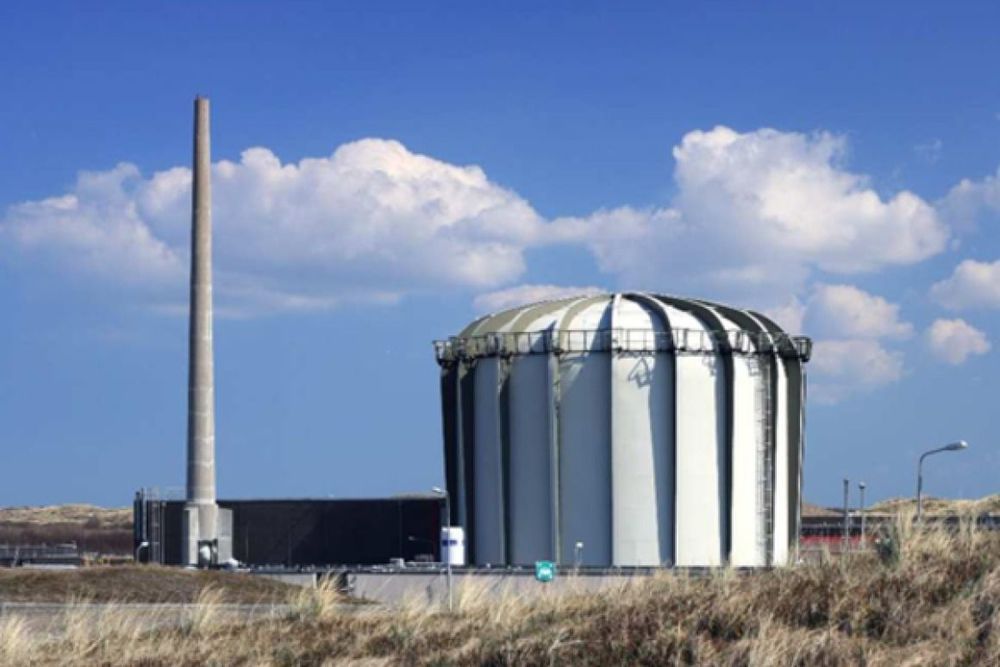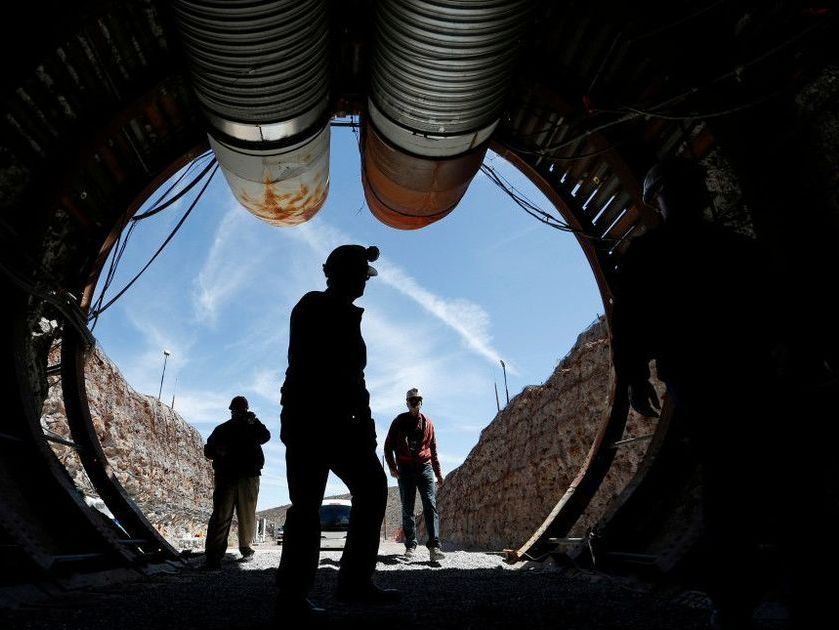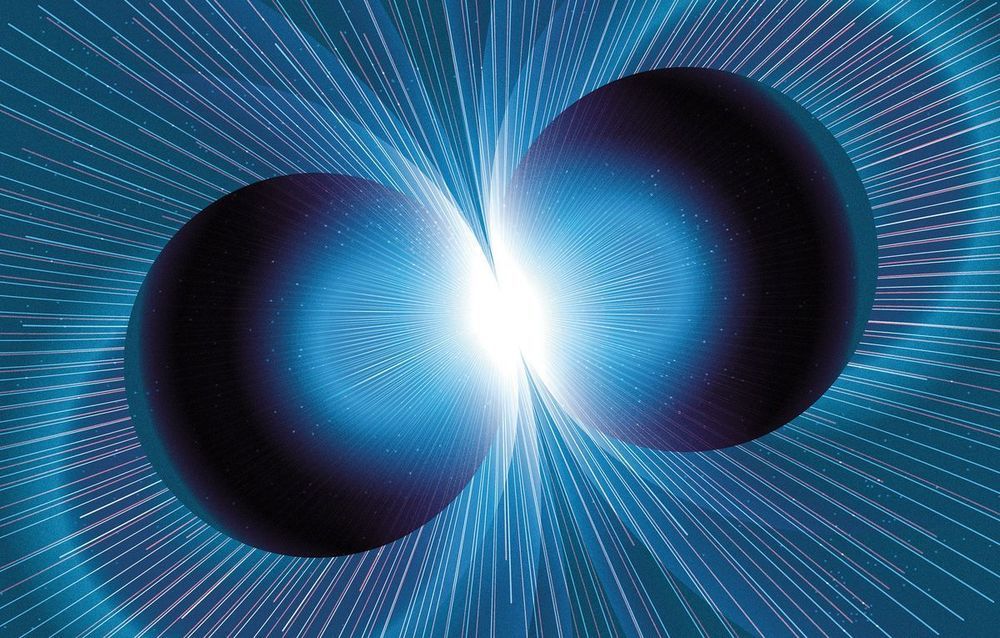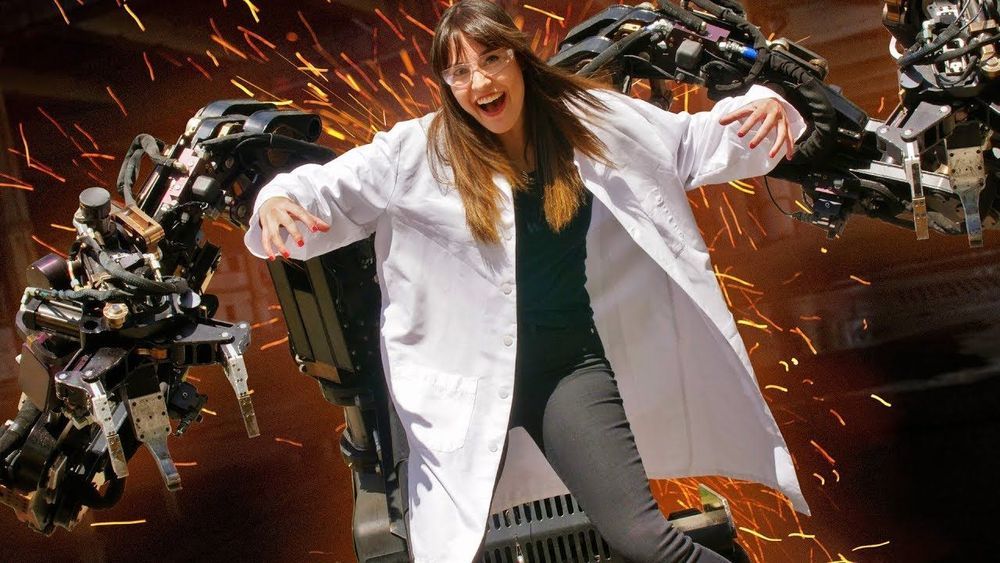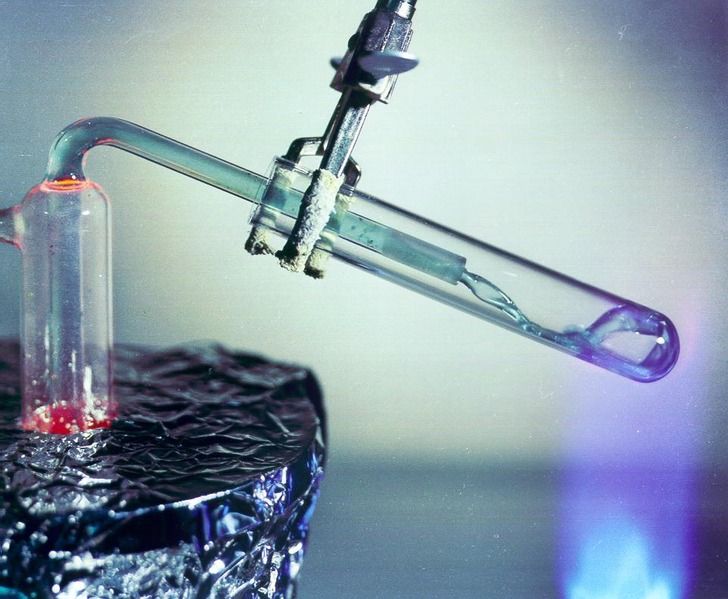
A molten salt reactor (MSR) is a type of nuclear reactor that uses liquid fuel instead of the solid fuel rods used in conventional nuclear reactors. Using liquid fuel provides many advantages in safety and simplicity of design.
The figure above shows one type of MSR design. As shown towards the left, the reactor contains “fuel salt”, which is fuel (such as uranium-235) dissolved in a mixture of molten fluoride salts. After a fission chain reaction starts in the reactor, the rate of fission stabilizes once the fuel salt reaches around 700 degrees Celsius. If the reactor gets hotter than 700 degrees, the resulting expansion of the fuel salt pushes some of the fuel into the circulation loop; this, in turn, decreases the fission rate (since fission cannot be maintained in the loop), causing the fuel to cool.
Unlike conventional reactors, the rate of fission in an MSR is inherently stable. Nonetheless, should the fuel salt become too hot to operate safely, a freeze plug (made of salts kept solid by a cooling fan) below the reactor will melt and the liquid content of the reactor will flow down into emergency dump tanks where it cannot continue to fission, thus allowing it to cool safely.
